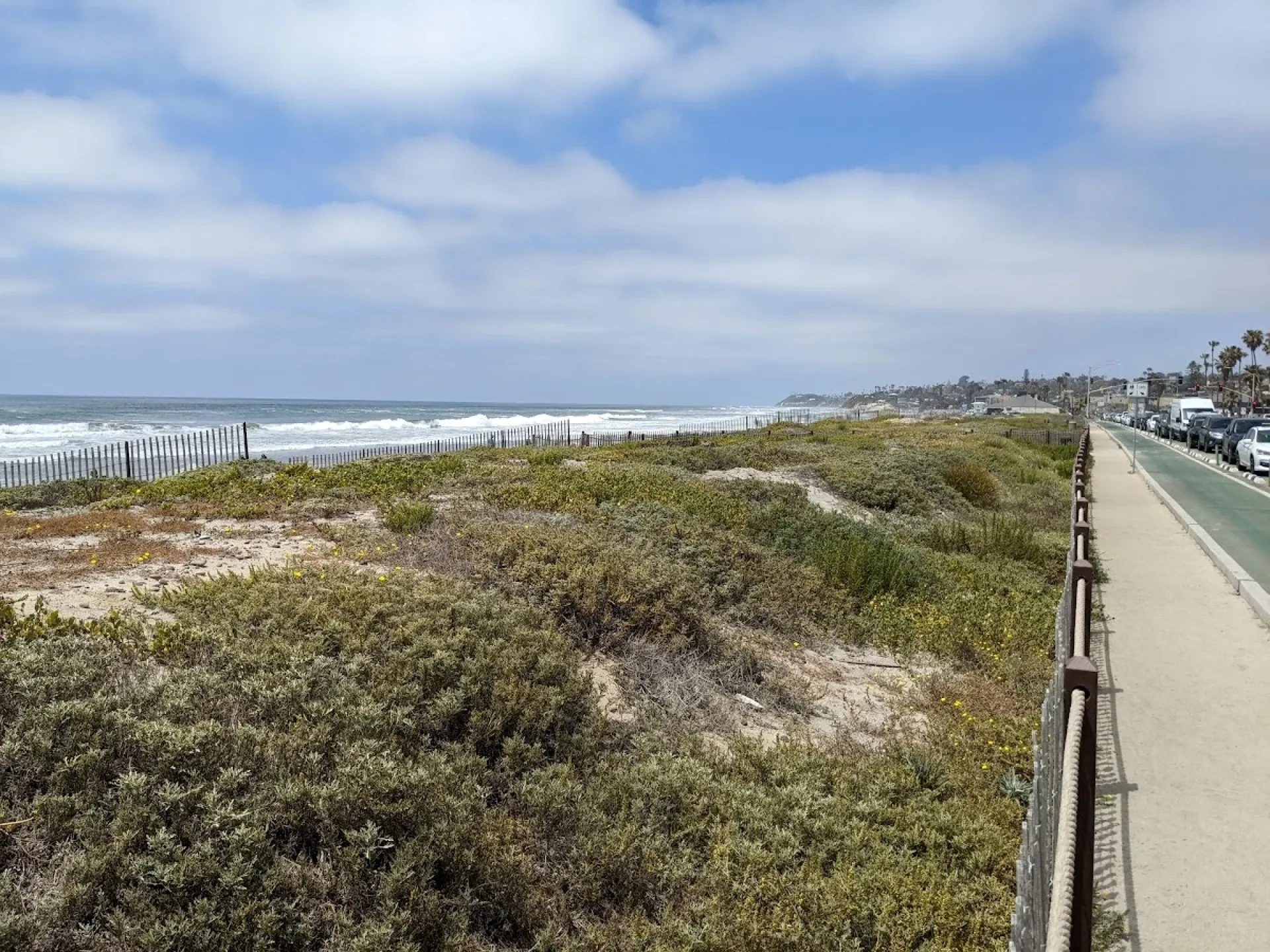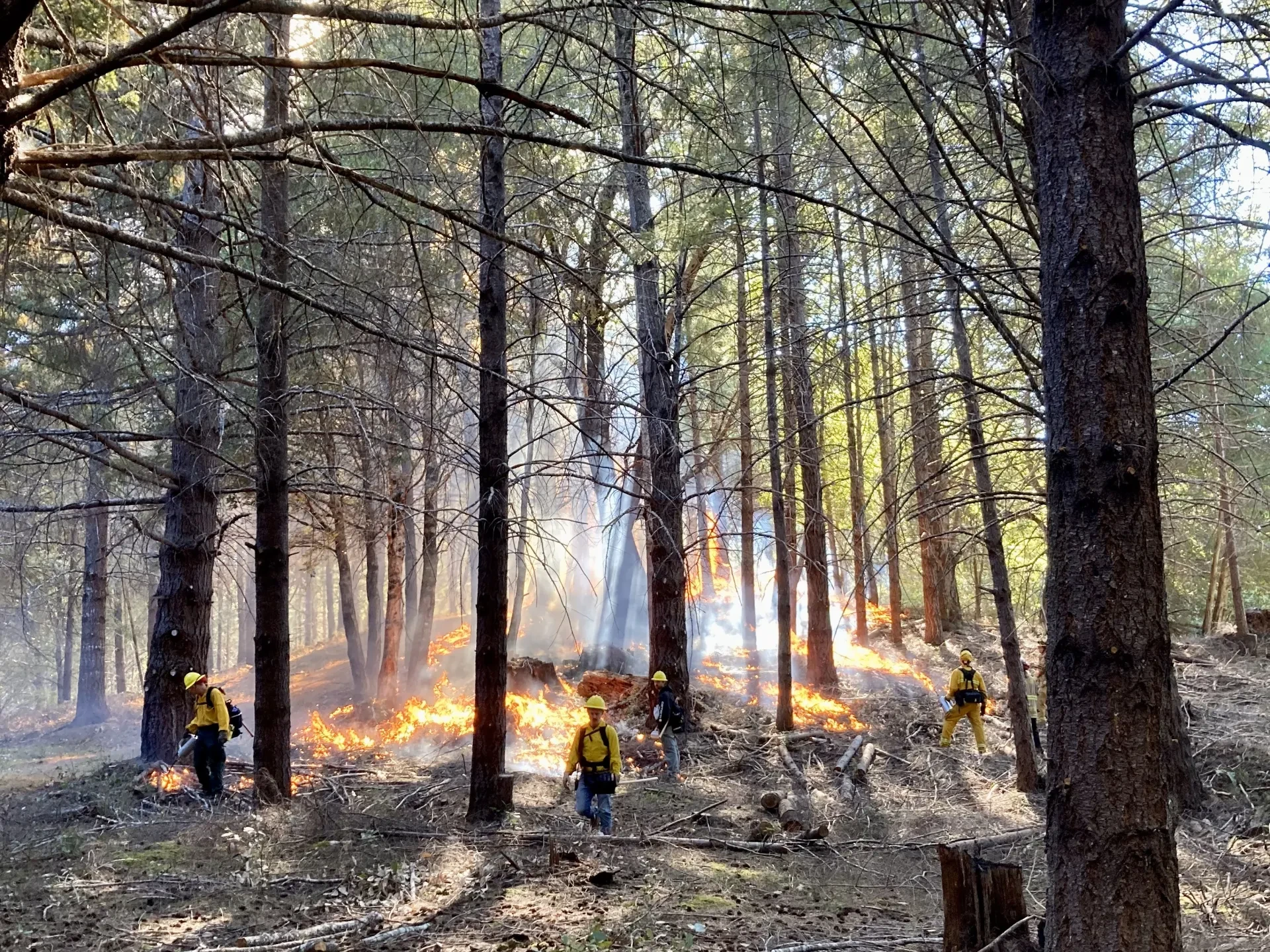After two years of hard work and many twists and turns, members of the Legislature and environmental advocates celebrated a huge milestone when Governor Gavin Newsom signed SB 867, legislation putting a $10 billion climate resilience bond on the November 2024 ballot.
Introducing… Proposition 4, the Safe Drinking Water, Wildfire Prevention, Drought Preparedness and Clean Air Bond Act of 2024! On November 5, California’s voters will be able to vote to invest in wildfire prevention, flood control, coastal resilience, extreme heat mitigation, and biodiversity protection, as well as other climate resilience goals. California State Parks Foundation is deeply grateful to the many individuals and organizations that joined our coalition to fight for this measure.
So, what will Proposition 4, if passed, deliver for state parks?
First, Proposition 4 would invest $175 million in deferred maintenance in state parks. Deferred maintenance is a large category of projects in California state parks including things like re-paving roads, re-surfacing trails, and fixing leaky roofs. Currently, the system has a deferred maintenance backlog north of $1 billion. In good years, we have secured hundreds of millions of dollars to reduce this backlog, only to see millions of those dollars clawed back in bad budget years. Bond funding can only be used for purposes specified in the bond language, which is why we advocated for this solution.
There are many deferred maintenance projects that can benefit climate resilience, like making parks more resilient to wildfire, and redesigning and relocating their amenities like roads and campgrounds to help them withstand extreme weather and flooding.
Proposition 4 would also invest $50 million in sea level rise adaptation projects on state beaches and other coastal properties managed by California State Parks. One-quarter of California’s coastline is a state beach, and the need is urgent. In our landmark “Building A Climate Resilient-State Park System” report, released earlier this year, we reported that by 2100, up to 75 percent of California’s beaches could disappear if sea level rise continues to accelerate. In the 2024-2025 budget, most of the $11.5 million originally allocated to state parks for sea level rise adaptation planning — the only climate resilience planning dollars allocated to state parks out of an almost $1 billion climate package in 2021 — was reallocated for other uses. Again, bond money can’t be taken back, so while this $50 million is a fraction of what is needed, it would be secure if voters pass Proposition 4.
Finally, Proposition 4 allocates $200 million to the Statewide Park Development and Community Revitalization Program, which grants funds to underserved communities to build parks and other recreational facilities. Securing additional funds for this popular and successful program has been a priority since all remaining available funding was reallocated for other uses in the 2024-2025 budget.
In addition to those dedicated state park priorities, other provisions in the measure could address needs in state parks if the agency can successfully make a case for a portion of the funding. Those provisions — potentially applicable to needs in state parks but not guaranteed to fund them — include:
- $200 million allocated to the California Natural Resources Agency (CNRA) and California State Parks for forest health watershed improvement.
- $200 million allocated to CNRA and its departments for the reduction of climate impacts on underserved communities and vulnerable populations and the creation, protection, and expansion of outdoor recreation opportunities, including park acquisition.
- $100 million to CNRA and its departments for the protection, restoration, and enhancement of the natural resource values of the state park system and for projects to expand recreational opportunities and public access to state and public park non-motorized trails.
- $75 million to CNRA and the Department of Water Resources for projects that increase groundwater recharge or adaptation to the impacts of hydrologic changes.
- $335 million to protect and restore rivers, lakes, and streams, and to improve watershed resilience, including the resilience of fish and wildlife within the watershed, including $40 million earmarked for the Los Angeles River watershed.
- $50 million for projects that address water quality in the Tijuana River watershed, an issue that has led to beach closures in San Diego and Imperial Beach, including at state park properties like Tijuana Estuary NP Point of Interest.
- $170 million to fund the Salton Sea Management Program 10-year plan.
- $100 million to CNRA for urban greening projects.
Of course, all of these investments, even those that are specifically dedicated to California State Parks, will only come to pass if California’s voters turn out and vote yes on Proposition 4 for the November election.

